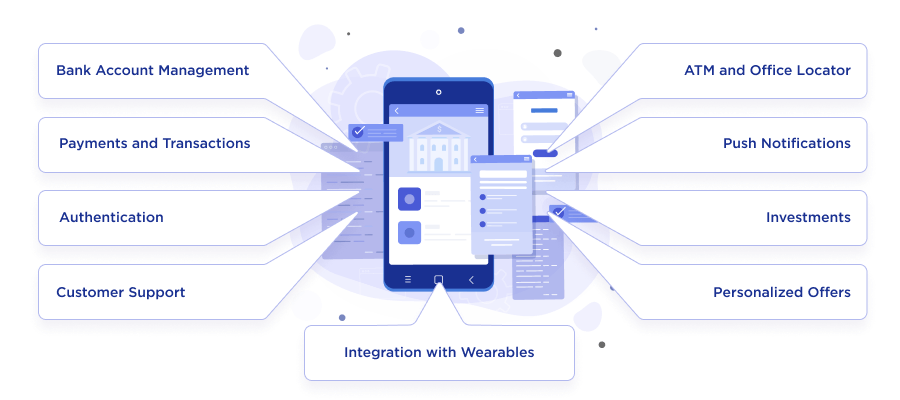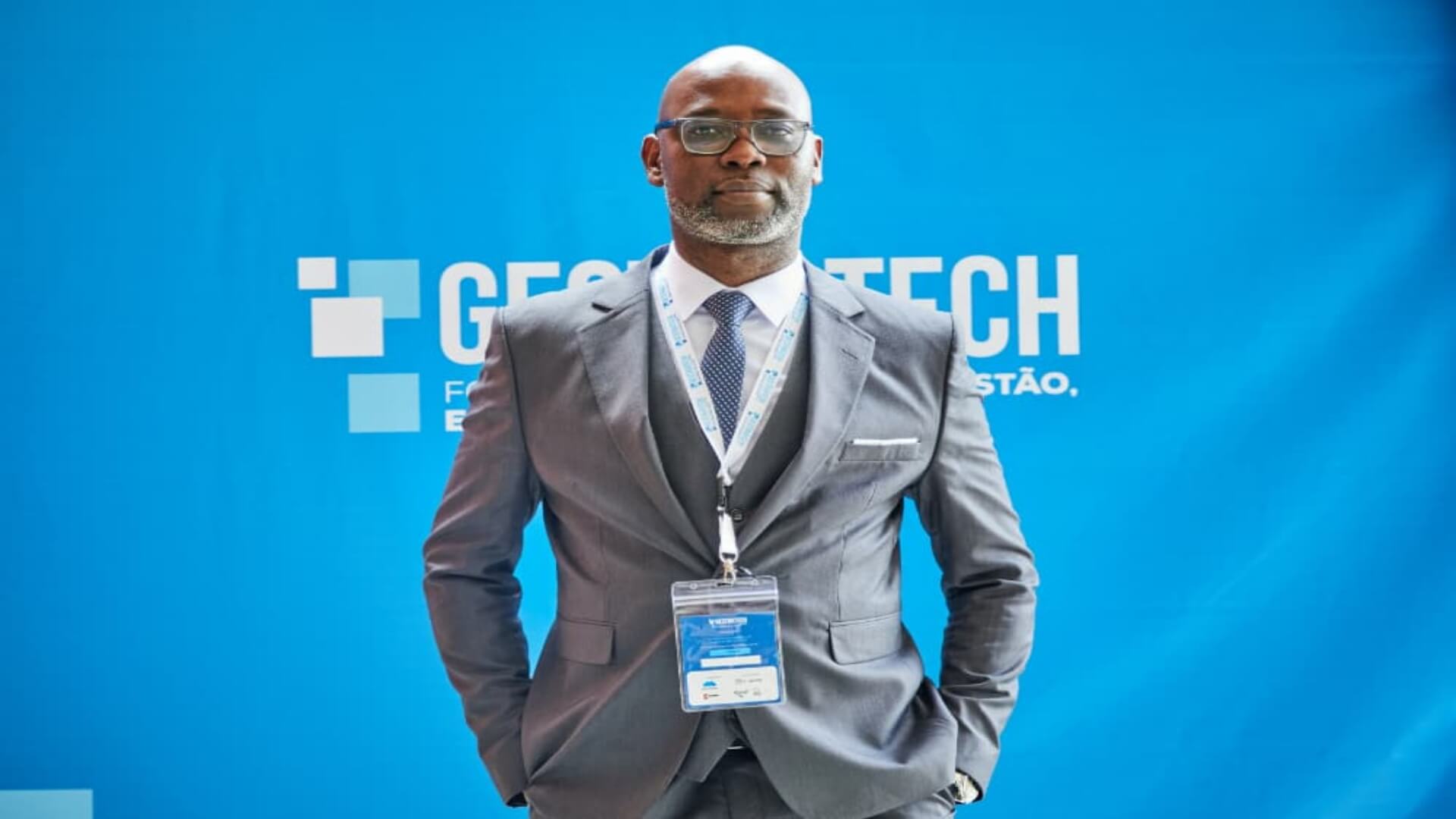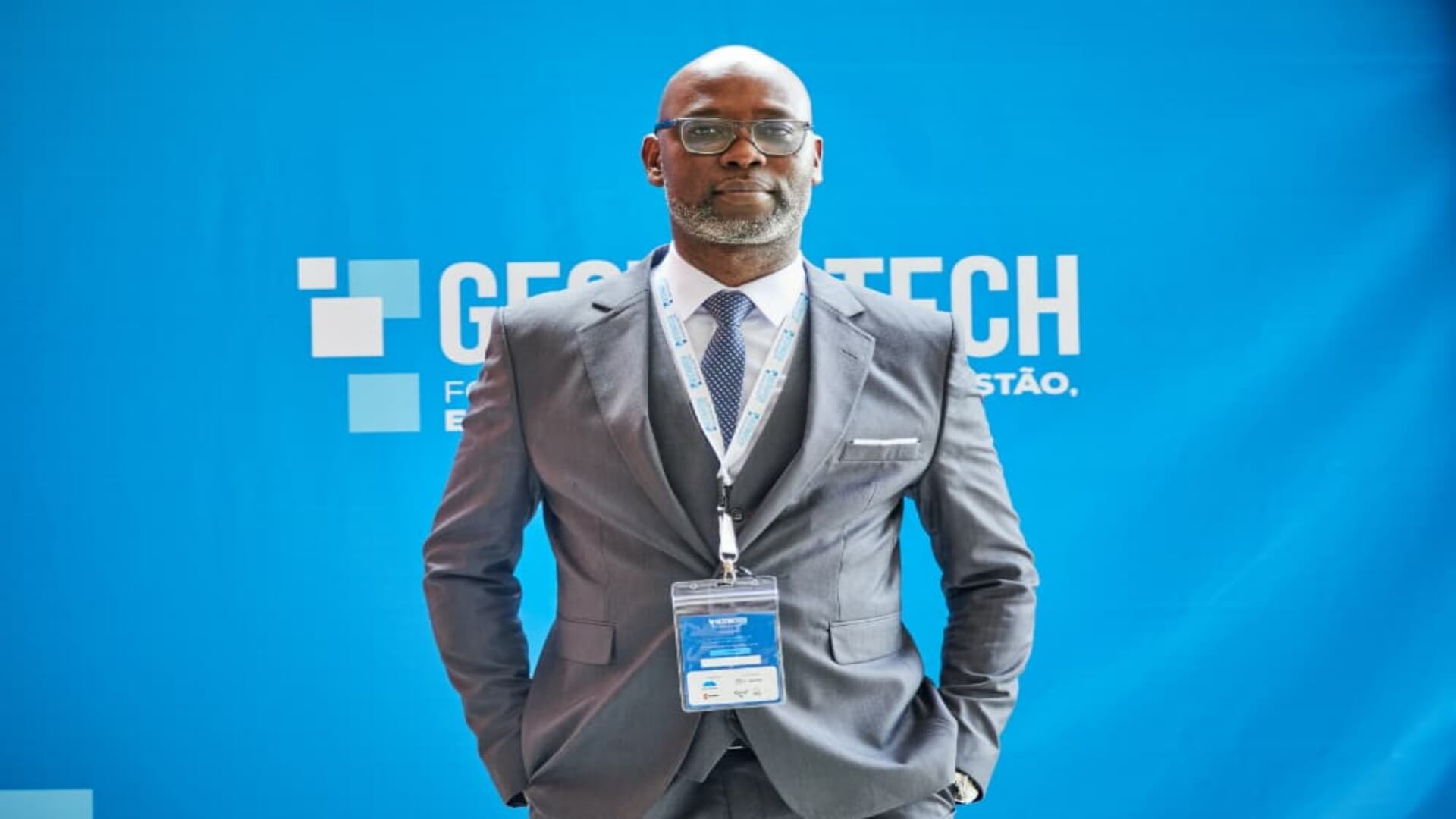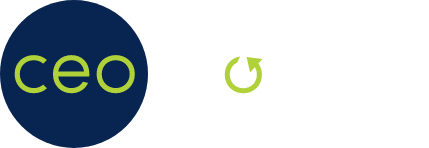For many people, writing a quality, analytical, trustworthy business report takes a lot of work. Many need to learn the rules and requirements for writing these papers. Such a document is essential for conveying valuable information and making informed decisions, with which you can show your knowledge and professionalism. This article will share several business report writing tips to help you succeed and create a trustworthy document.
Tips for Writing a Business Report
Many students who received a difficult written assignment prefer to order an essay and eliminate worries. With the help of professional services, students can free up a lot of time and study another discipline, go for a walk with friends, or sleep. Writing a business report is a responsible mission that takes time and effort. However, by familiarizing yourself with writing tips and tricks, you will likely be able to create a high-quality document that is analytical and credible to readers.
Define the purpose and scope of the document
To begin, you need to determine the scope of your report and set specific goals. Think about what issue you want to discuss or what problem you want to solve. This will help you stay focused on one topic and clearly understand your differences.
Collect and analyze data
Try to collect information only from reliable sources that provide truthful and relevant materials. Make sure the information you select is accurate and reliable. Once all the data has been collected, conduct a thorough analysis and provide readers with information about significant findings.
Use a good structure
Remember that a business report should be clear and well-structured. This will help make the document more readable and trustworthy to readers. The standard structure of a business report includes an introductory part, a summary, a methodology, conclusions, an analysis of information, a concluding part, and, at the end, recommendations and applications. Try to stick to this structure, and you will likely be able to create an authoritative report.
Write a compelling resume
You should start your business report with a short executive summary that provides a high-level overview of your account’s key findings, ideas, and recommendations. This section is often the first that the audience sees, so it needs to be well thought out and made convincing and understandable.
Tell us about the context
Your introduction should offer as much information about the topic and context as possible to help your audience understand the problem or issue at hand. Try to define any key terms or concepts that may be unfamiliar to you. Remember that your business report should be understandable not only for you but also for the readers.
State your goals clearly
The objectives of your report should be stated in the introduction or methodology section. Try to answer the questions of what you want to achieve by analyzing information and what questions you plan to answer. Make sure you gather enough information to make this clear and compelling.
Use facts and evidence
To create an analytical and credible business report, you must back up all your thoughts with statistics and evidence. Try to avoid making unsubstantiated statements that will jeopardize your reputation. Make sure that every opinion you say is supported by factual support, charts, graphs, or tables. This will help visualize the data and help readers understand what you’re discussing.
Analyze and interpret
When writing the analysis section, try to interpret the data and explain its meaning. A good option is to discuss trends, patterns, and any deviations. You can also compare data sets and draw meaningful conclusions, demonstrating your opinions and making sense to your readers.
Be objective
A successful business report should be clear, understandable, and objective. Try to maintain an accurate and unbiased tone throughout the piece. Please note that all thoughts must be substantiated and supported by statisticians. Try to avoid personal biases, emotional statements, and unsubstantiated statements; you will see how the data and analysis will speak for themselves.
Cite sources
If you use data or information from external sources in your business report, provide correct citations and references. This will increase the credibility of your account and show that you took a responsible approach to creating the document. Remember that it is essential to choose the correct citation format. Otherwise, you may compromise the analyticity of your papers.
Use simple language
Try to write concisely and clearly, and avoid confusing sentences or jargon. To create a quality business report, you must explain all technical terms that may need clarification to your audience and communicate the concepts you use.
Draw informed conclusions
The final section should summarize the main findings of your analysis. Be sure to make sure that all your conclusions are supported by the evidence that was presented in the report. Try to avoid using new terms or raising extraneous topics and questions in the final part; it is essential to provide high-quality conclusions summarizing your report’s results.
Give actionable recommendations
In your recommendations section, offer readers practical and actionable steps based on your analysis. These recommendations should address the identified problems or opportunities you have discussed and provide the audience with enough advice to conduct their analysis and achieve positive results.
Edit the text
Before finishing writing a business report, you must carefully proofread and edit the text. This will help ensure clarity, coherence, grammar and spelling. Remember that many errors in your account can significantly affect readers’ confidence in your analysis.
Since writing a business report can often be a daunting task that not everyone can handle, we have provided some actionable steps that you can follow to create a business report that not only sounds analytical and credible but will also provide valuable information and guidance to your audience, be it your bosses, colleagues or clients. Take a responsible approach to completing this task and carefully consider the topic you plan to discuss.

















